There is now a significant body of evidence that marital dissolution (divorce and separation) is detrimental to health for a significant segment of the population and to their children. Although much has been written of the standard demographic and socio-economic factors influencing risk of divorce, much less is known about the effects of interpersonal differences between the partners. Intercensal births and data accounting for deaths within the household are also included to allow adjustment for known stressors on marriage.
Studies of cross-nation partnerships in the Netherlands and in Sweden have demonstrated strong heterogamy effect in the risk of divorce but studies using the ONS Longitudinal Study found that the elevated risk of divorce for mixed-ethnic unions (compared to same ethnic unions) were entirely explained by the partners’ characteristics and most importantly the younger ages of people in mixed-ethnic unions. The risk of divorce for mixed-ethnic unions lay closer to the higher risk found for the two constituent co-ethnic unions and therefore more supportive of the ethnic convergence theory than the heterogamy model of instability of exogamous unions.
To our knowledge, the correlates/causes of martial dissolution have not been well studied in Northern Ireland and particularly so the potential influence of mixed (interdenominational) marriages. This is the aim of the proposed study.
Publications:
Wright, D.M., Rosato, M. & O’Reilly, D. (2016) ‘Influence of Heterogamy by Religion on Risk of Marital Dissolution: A Cohort Study of 20,000 Couples’ Eur J Population doi:10.1007/s10680-016-9398-9
Other Outputs:
Wright, D. (2014) Does religious exogamy (mixed marriage) increase the risk of marital dissolution in Northern Ireland? – presented at the UK LS Census Linkage Launch Event, 6th March 2014


